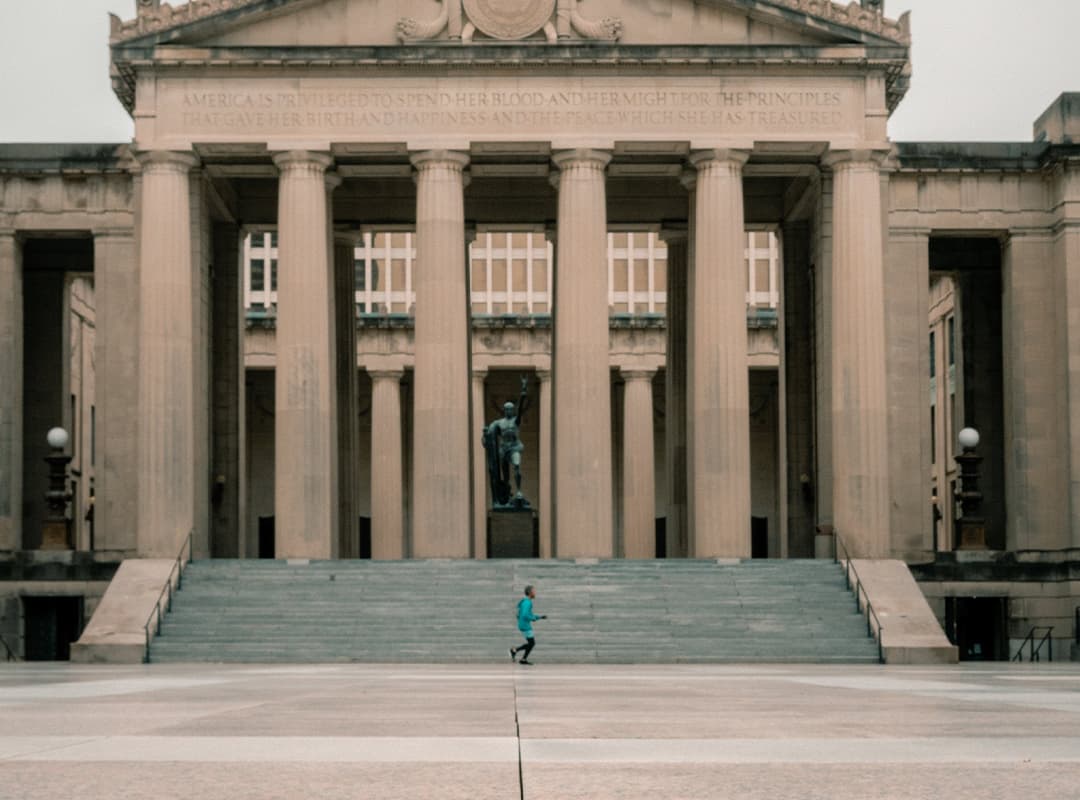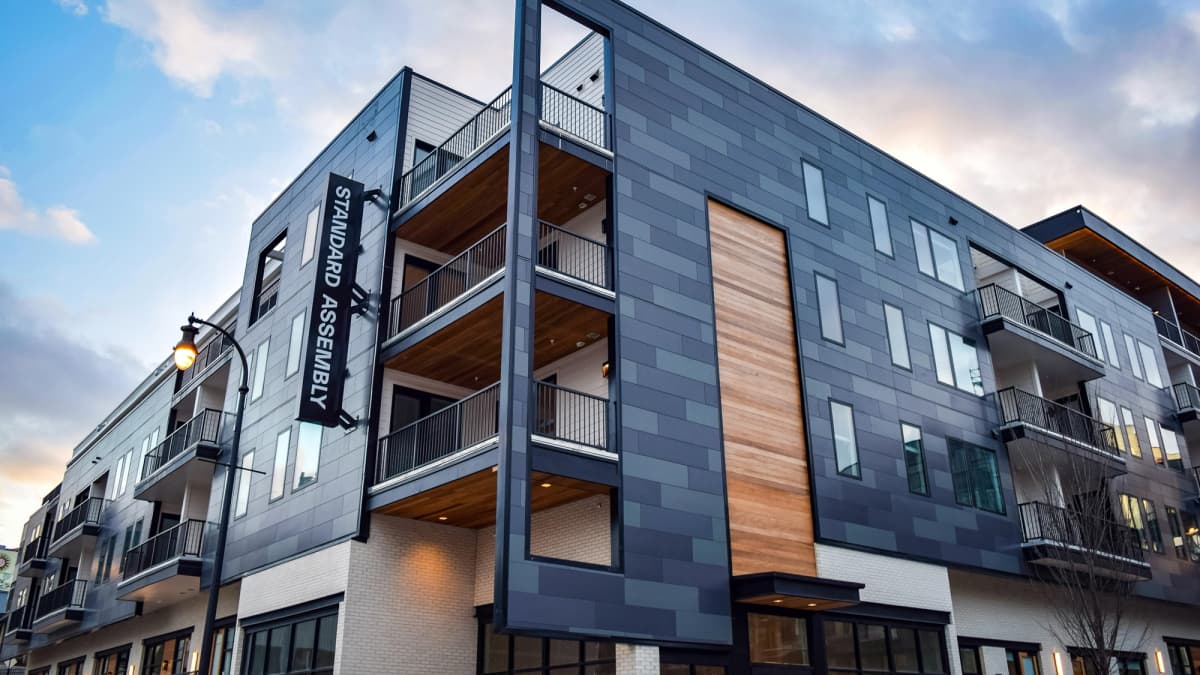The estate of Andrew Jackson, the seventh president of the United States, is the country’s most important monument to the history of its southern states in the 19th century. Its architecture gives an exhaustive picture of the life of wealthy planters – the luxury of the estate stands out sharply against the background of shabby wooden outhouses for slaves.
Excursions are organized on the territory of the estate, and a trip through the vast lands will familiarize not only with historical events, but also with the extraordinary beauty of these places. There is a museum inside the estate, but it will not be of interest to everyone, especially since a maximum of 30 minutes is allotted for viewing the furniture and personal belongings of the former US president.
Exhibits and excursions
Excursions start in the center of the visitors. The museum exhibits contain artifacts that tell about the life of the president and describe in detail the history of the first administration. You can also watch a short movie about the pidneneniya bezgroshivtsya to the most important position in the country. Jackson planted a lot of cedar trees near the road in the form of a guitar, which leads to the mansion. The guitar-shaped structure, which was thought to be an introduction to Nashville’s future musical treasure, made it easier to reroute cars. The main entrance from the east side includes a double-topped bay, which is supported by six Corinthian-style columns. To emphasize the exterior appearance of stone, the wooden columns are decorated with light brown farboa and painted. On the second floor there is a balcony, and the east entrance has six Doric columns.
Upon entering the mansion, you will find rooms decorated with old speeches and reliquaries of Jackson’s homeland. The Greek Revival style interior contains trellises imported from France around 1825, which were made using over 3,000 wood blocks to hand-carve the design. The trellises, made by Joseph Dufour from Paris, depict scenes of Telemachus’ visit to the nymph Kalipso from Greek mythology. Other architectural details include classical door and window frames, carved mantles of Italian marmour and elliptical cantilevers. A sill mantilla shmata, carved by a battle veteran, vshanowcases the victory at New Orleans. Most of the furniture was available when Jackson lived in the house. The bed in the president’s room is the same one on which he died in 1845.
On the territory there is the grave of President and Mrs. Jackson. The memorial with a vapnjaku with a copper dacha was completed in 1832. There is also a one-acre official garden, designed by William Frost in 1819, which is organized in the style of the English quintuple cuisine. While in the visitor center there are numerous exhibits displaying artifacts that convey the history of African-American slaves who lived in Ermitage, there is a smokehouse and three rooms for slaves from the stakes. Particular attention deserves “Hut Uncle Alfred’s Hut”. The man was born a slave on a plantation; but he remained a caretaker after emancipation. Buried near the President’s grave.



